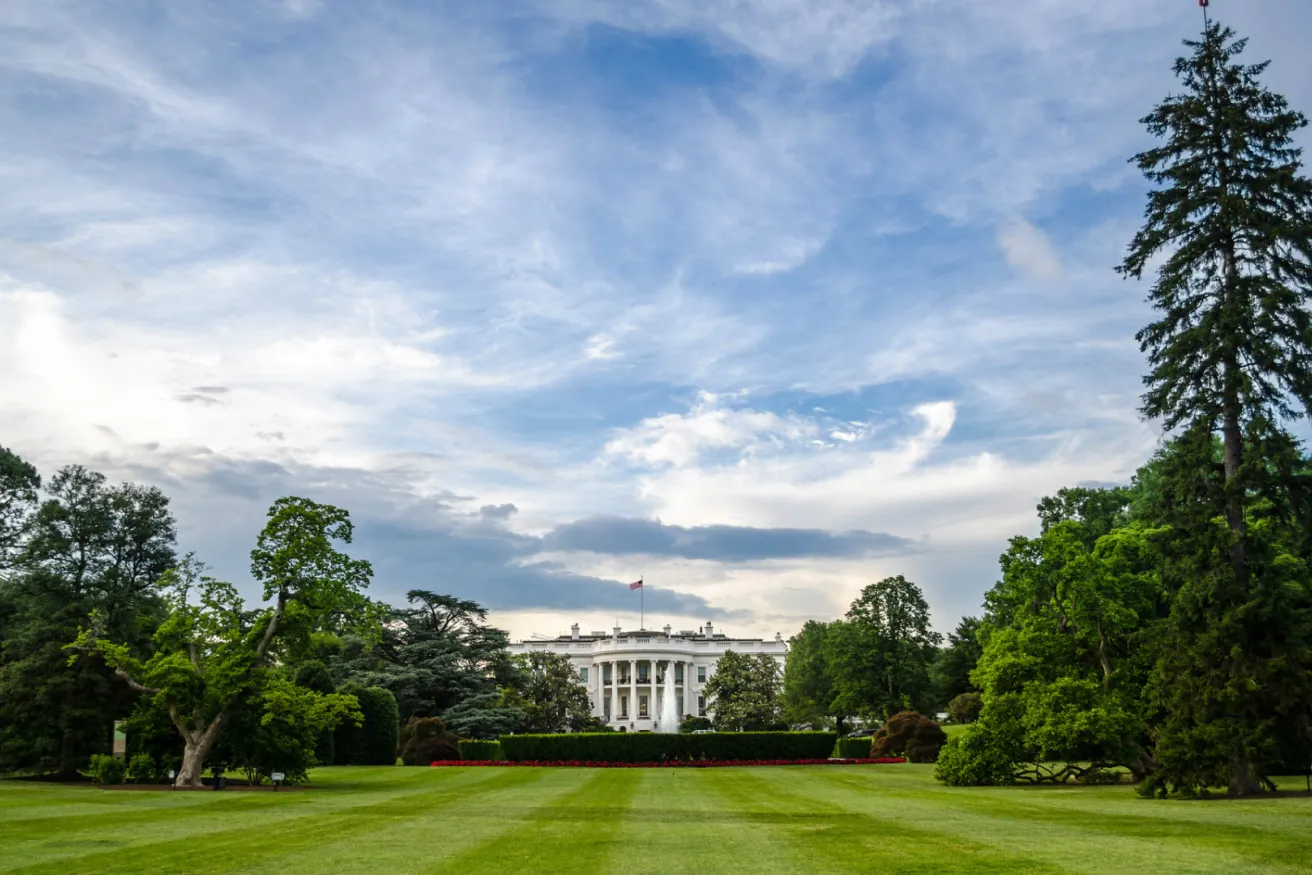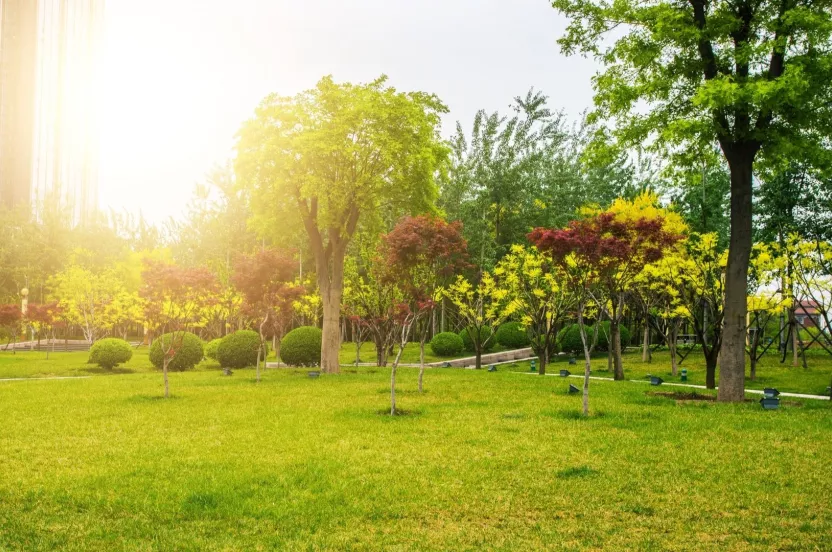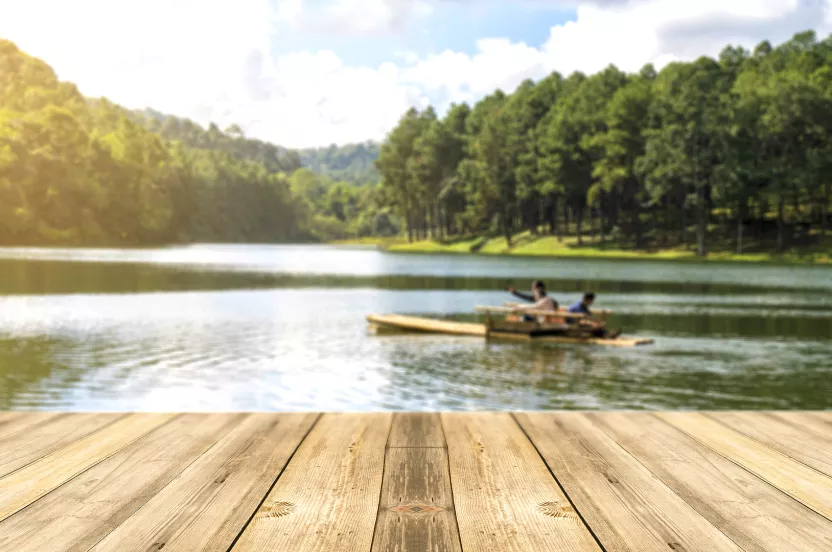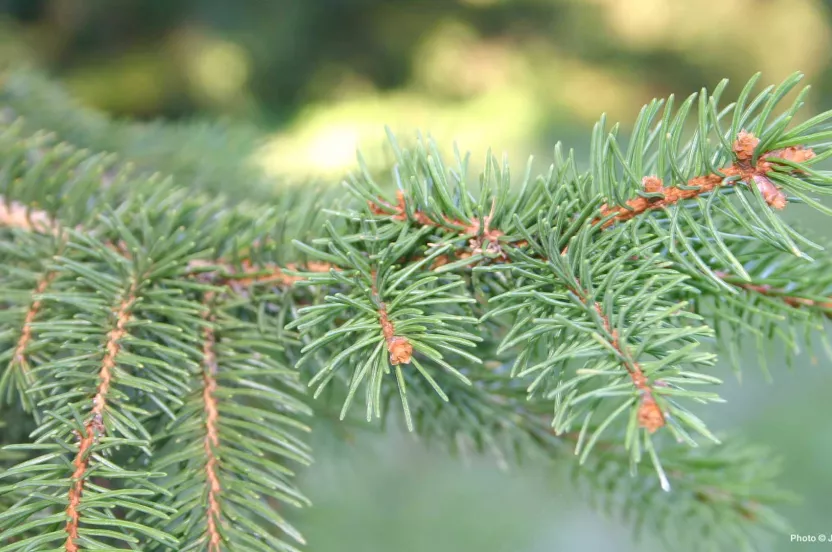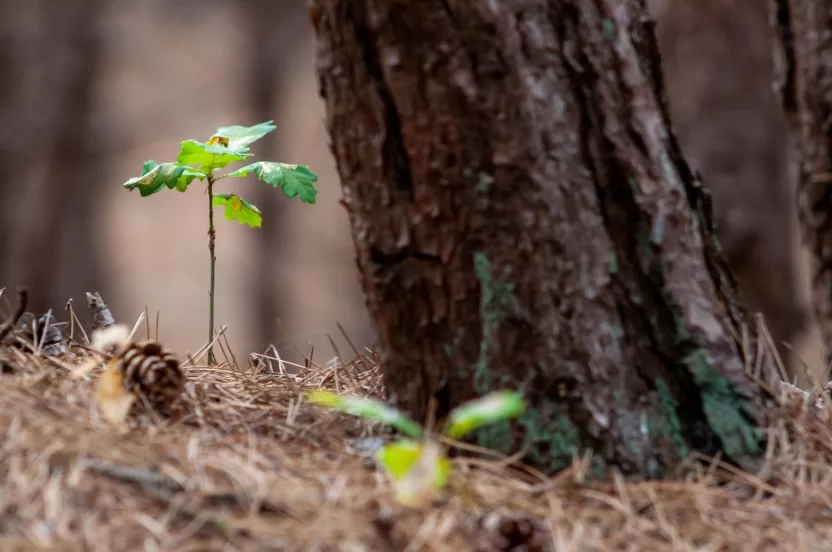The Arbor Day Foundation is pledging 10 million trees to areas impacted by hurricanes Helene, Milton Help us replant
The tradition of planting and gardening at the White House dates all the way back to the first president to ever take office, when John Adams planted a vegetable garden. But the tradition of planting trees on White House grounds started with Thomas Jefferson. President Jefferson planted a grove of trees on the lawn. Over the past 200 years, numerous U.S. presidents have carried on this tradition of tree planting, whether it was planting memorial trees or planting trees as part of the landscape design.
Here are 6 things you probably didn’t know about trees on the White House grounds. (Facts taken from The White House Historical Association.)
- While the White House was being rebuilt after the 1814 fire, James Monroe increased tree plantings on the grounds based on plans by architect Charles Bulfinch.
- The federal government used Charles Bulfinch's planting scheme for a thick grove of trees for the square north of the White House and named the park in honor of General Lafayette in 1824-1825.
- In 1825, John Quincy Adams developed the first flower garden on the White House grounds and planted ornamental trees.
- Andrew Jackson created the White House orangery, an early type of greenhouse where tropical fruit trees and flowers can be grown, and added more trees, including the famous Jackson magnolia, to the White House grounds in 1835.
- In 1853, during the administration of Franklin Pierce, the White House orangery was expanded into a greenhouse.
- From 1878 to 1880, during the administration of Rutherford B. Hayes, hundreds of trees were planted and the tradition of planting commemorative trees was inaugurated.
There are several presidents who played key roles in conservation and forestry efforts. Theodore Roosevelt —considered the “conservationist president” — helped lay the foundation in the conservation movement. During his presidency, Roosevelt established 230 million acres of national parks and public lands to be protected from intervention. More than half of the protected areas were set aside as national forests. He also established the U.S. Forest Service to ensure these forests stay protected and maintained. Roosevelt shared his love for the forest in a penned Arbor Day letter expressing the importance of trees and the need to protect them. But he wasn’t alone in protecting these natural wonders.
In 1916, Woodrow Wilson signed the “Organic Act,” which established the National Park Service. Last year the National Park Service celebrated its 100 - year anniversary of protecting national parks. Less than two decades later, Franklin Roosevelt established the Civilian Conservation Corps (CCC) with the intent to promote environmental conservation and build stewardship. There was special emphasis on reforestation. Participants in the CCC planted millions of trees on barren land affected from fires, erosion and deforestation.
These are just a few examples of the efforts former presidents accomplished in protecting our nation’s forests and moving toward conservation practices.
What other examples can you list of presidents with ties to conservation?

